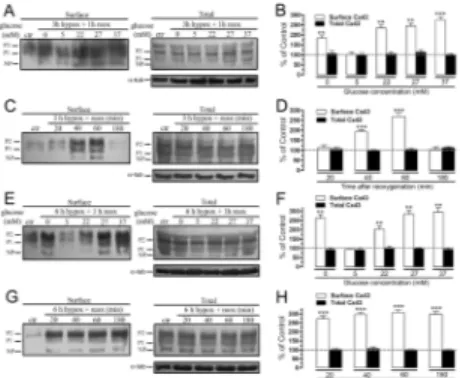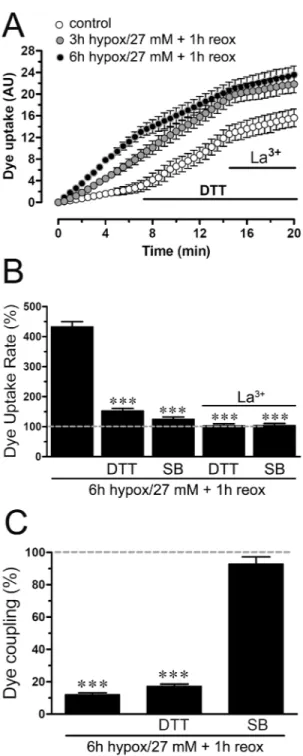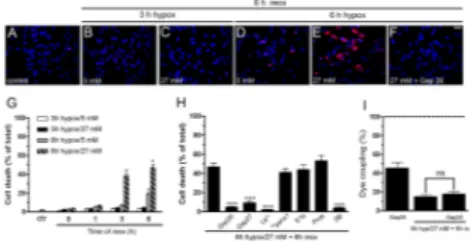Hypoxia in High Glucose Followed by Reoxygenation in Normal Glucose Reduces the Viability of Cortical Astrocytes Through Increased Permeability of Connexin 43 Hemichannels
Texto completo
Figure
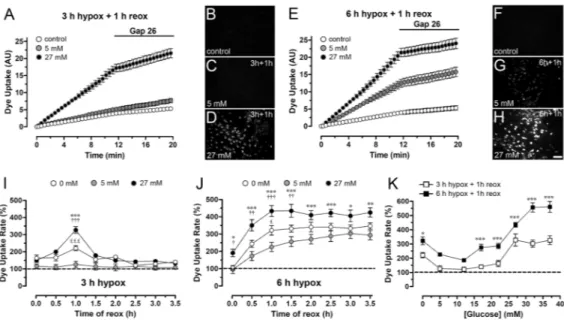
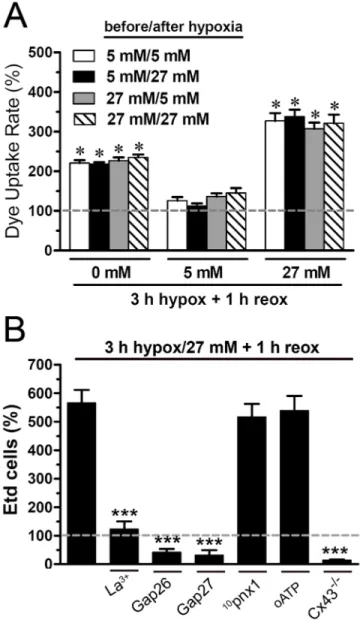
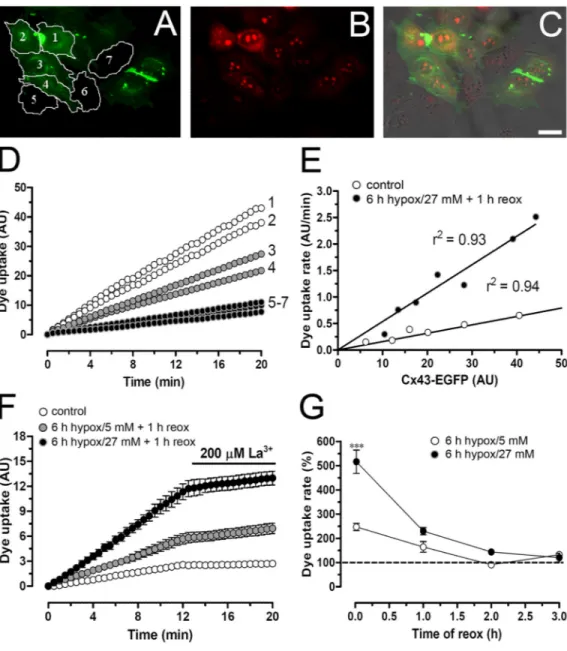
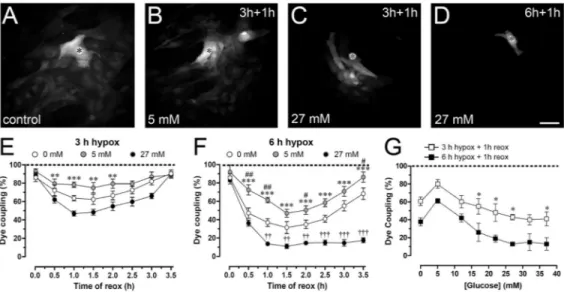
Documento similar
Gestational diabetes mellitus (GDM) is defined as the presence of high blood glucose levels with the onset, or detected for the first time during pregnancy, as a result of
Tumor cells (and other cells in the tumor) deplete nutrient levels (glucose, glutamine, amino acids, O 2 , etc.) in the TME, increase the levels of some metabolites, such as lactic
This is consistent with the observation that acyl-ghrelin treatment rapidly decreased glucose uptake in primary astrocyte cultures that increased to control levels with 24 h
In summary, transcriptome analysis of SCA1 mice (transgenic and knock-in) and flies support the idea of impairment of glucose uptake and abnormal glucose metabolism during
Using CHO.K1 cells, NIH-3T3 fibroblasts, mouse embryonic fibroblasts and primary skin fibroblasts from control and diabetic rats cultured in 5 mM D- glucose (low glucose, LG), 25
ePREDICE is an investigator-driven, independent clinical trial, assessing effects of different glucose lowering drugs combined with lifestyle counselling on preservation
BRS-3 seems to play a role in glucose metabolism, not only in normal subjects, but also in obese patients and patients with T2D. Furthermore, its ligand is capable of improving
In the hypothalamus this transporter is located in astrocytes, ependymal cells, tanycytes and glucose-sensitive neurons [41,42,113–115] and it is essential for central glucose
